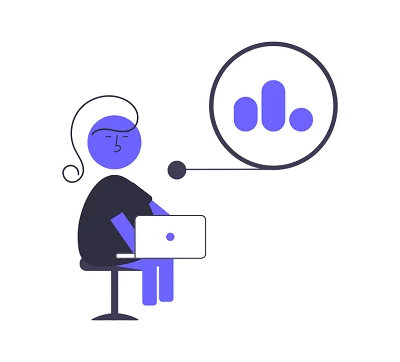
Data Processing Questions and Answers
Data Processing questions to test candidates’ acquisition of basic skills of data processing and knowledge in the application of ICT in facilitating business transactions and education.

Data Processing questions to test candidates’ acquisition of basic skills of data processing and knowledge in the application of ICT in facilitating business transactions and education.
One application of ICT in education is
Optical Mark Reader
Electronic Fund Transfer
Automated Teller Machine
Magnetic Ink Character Recognition
Correct answer is A
Optical Mark reading (OMR) is a method of entering data into a computer system. Optical Mark Readers reads pencil or pen marks made in pre-defined positions on paper forms as responses to questions or tick list prompts.
Sequential file organization
Serial file organization
Indexed file organization
Random file organization
Correct answer is C
An indexed file organization contains reference numbers, like employee numbers, that identify a record in relation to other records. These references are called the primary keys that are unique to a particular record.
One quality of a computer programmer
Ability to teach
Friendliness
Punctuality to work
Excellent analytical thinking
Correct answer is D
Qualities of a computer programmer
- has passion for computers
- has desire for efficiency
- love to learn new technologies
- is a problem solver
- has excellent analytical thinking
At what stage in data processing does data manipulation take place?
Organization
Collation
Analysis
Interpretation
Correct answer is A
Data are manipulated at Organization stage.
The concept of stored program for electronic devices was introduced by
Tim Berners Lee
Ada Augusta Lovelace
Charles Babbage Lee
John Von Neumann
Correct answer is D
The idea was introduced in the late 1940s by John von Neumann, who proposed that a program be electronically stored in binary-number format in a memory device so that instructions could be modified by the computer as determined by intermediate computational results.